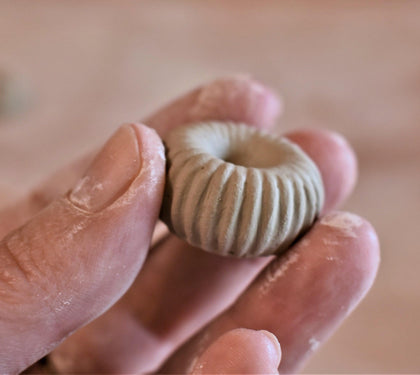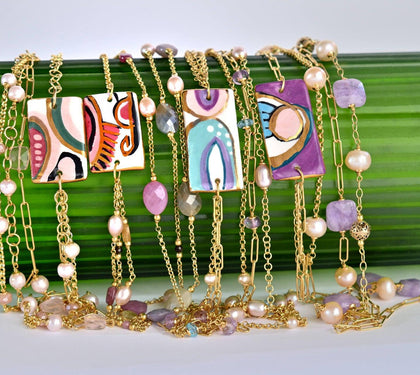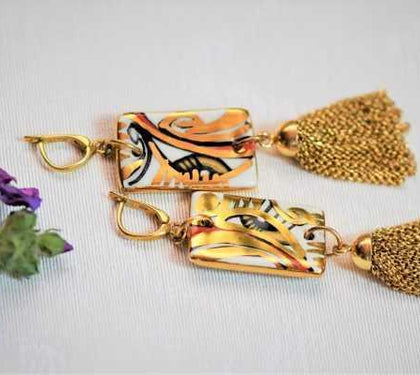If in Roman times I had needed to gild a piece of furniture I would have gone to a auraturis , that is, the person in charge of gilding which, in his goldsmith's tavern, would have satisfied me. The craftsman in turn would certainly have asked a Aurĭftx , a goldsmith, who would have entrusted the delicate task of procuring the precious gold leaf to his own specialized employee called brattiarius or even to his author or deaurator , the gilder.
Pliny specified that 27 grams (one ounce) of gold could be thinned to provide 750 leaves measuring 750 square millimeters. A proportion maintained by the goldsmith tradition of our peninsula.
Gold was applied, like colors, with a brush and in the form of liquid gold, but the metal was also used in solid form. In fact, starting from the 12th century, artists preferred backgrounds with bright gold as is clearly visible especially in many manuscripts executed in Paris.
Cennino Cennini in the fifteenth century, explained, in chapters 57 and 58 of his “The Book of Art”, the way “… to put gold on paper” in the creation of miniatures. In Italy in the 14th century, a mixture of fine chalk and Armenian bole was commonly used, incorporated into egg white or glue water. Once the gold leaf was placed and well adhered, it was polished or burnished with a burnisher or pumice stone.
Isotta Gioielli too applies gold to its jewels, in full respect of the Renaissance tradition, applying, respectively, third-fire gold to its ceramics or to its gems and the gold leaf produced by the few gold beaters who still preserve the tradition of their art, which should be proposed to UNESCO for recognition as intangible cultural heritage, as their Austrian counterparts have already done.




